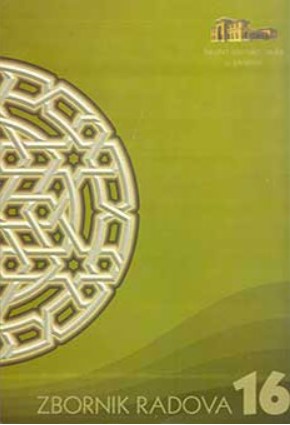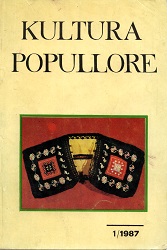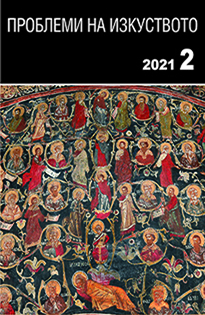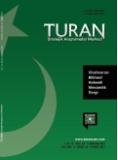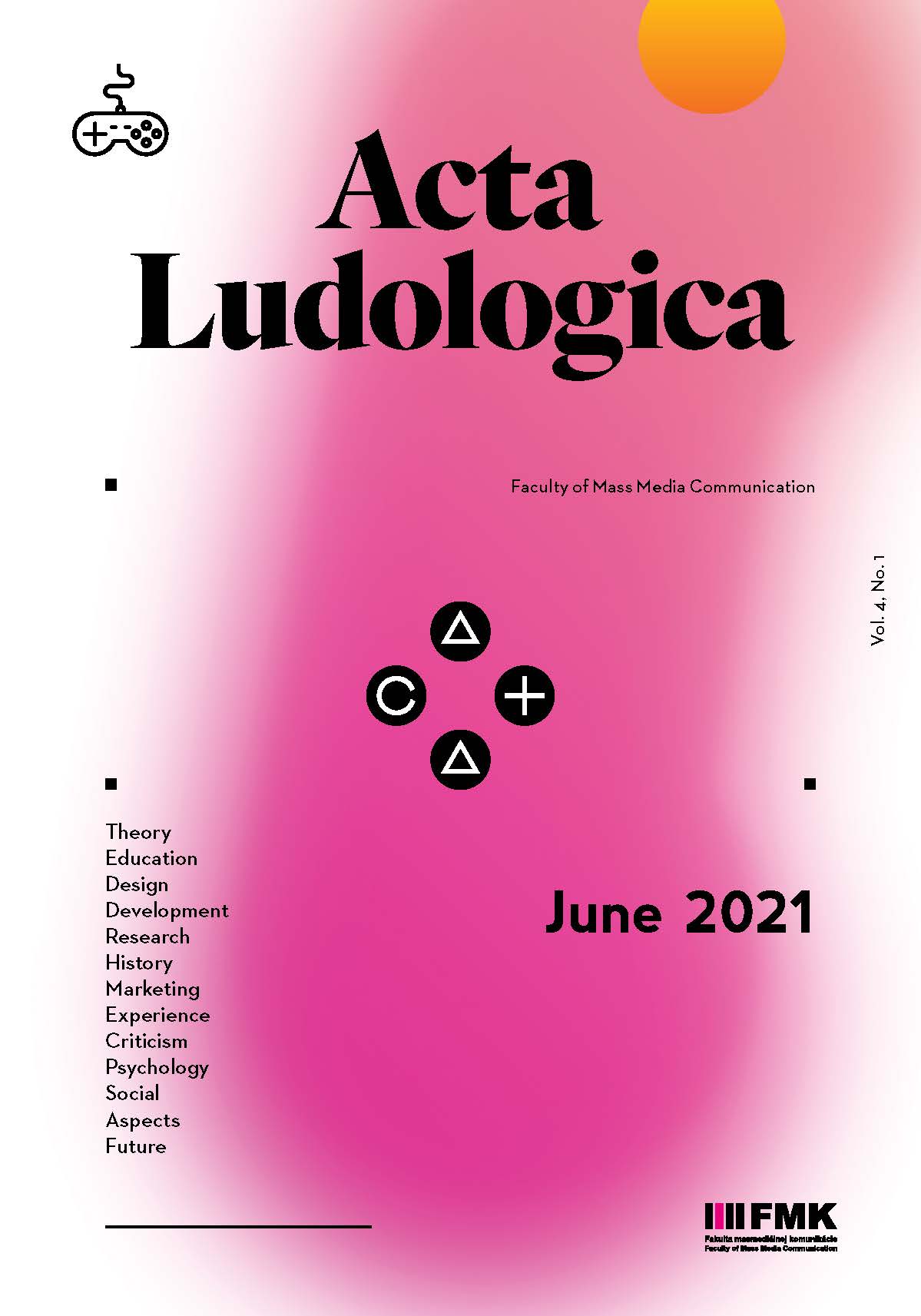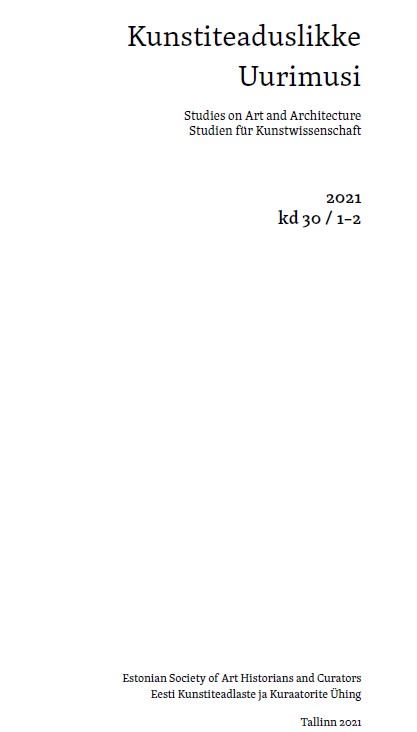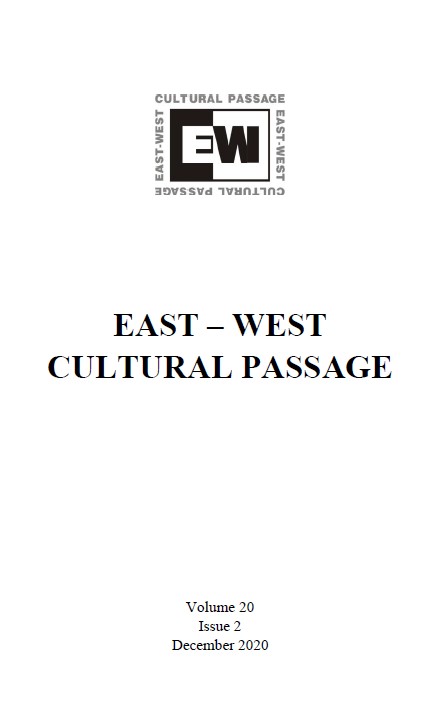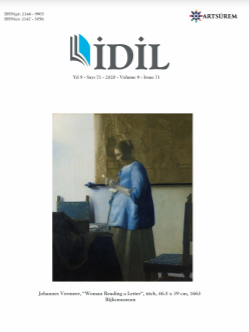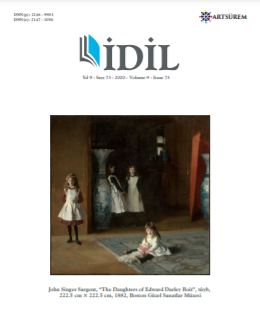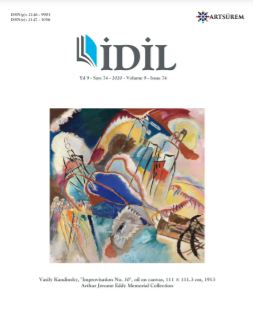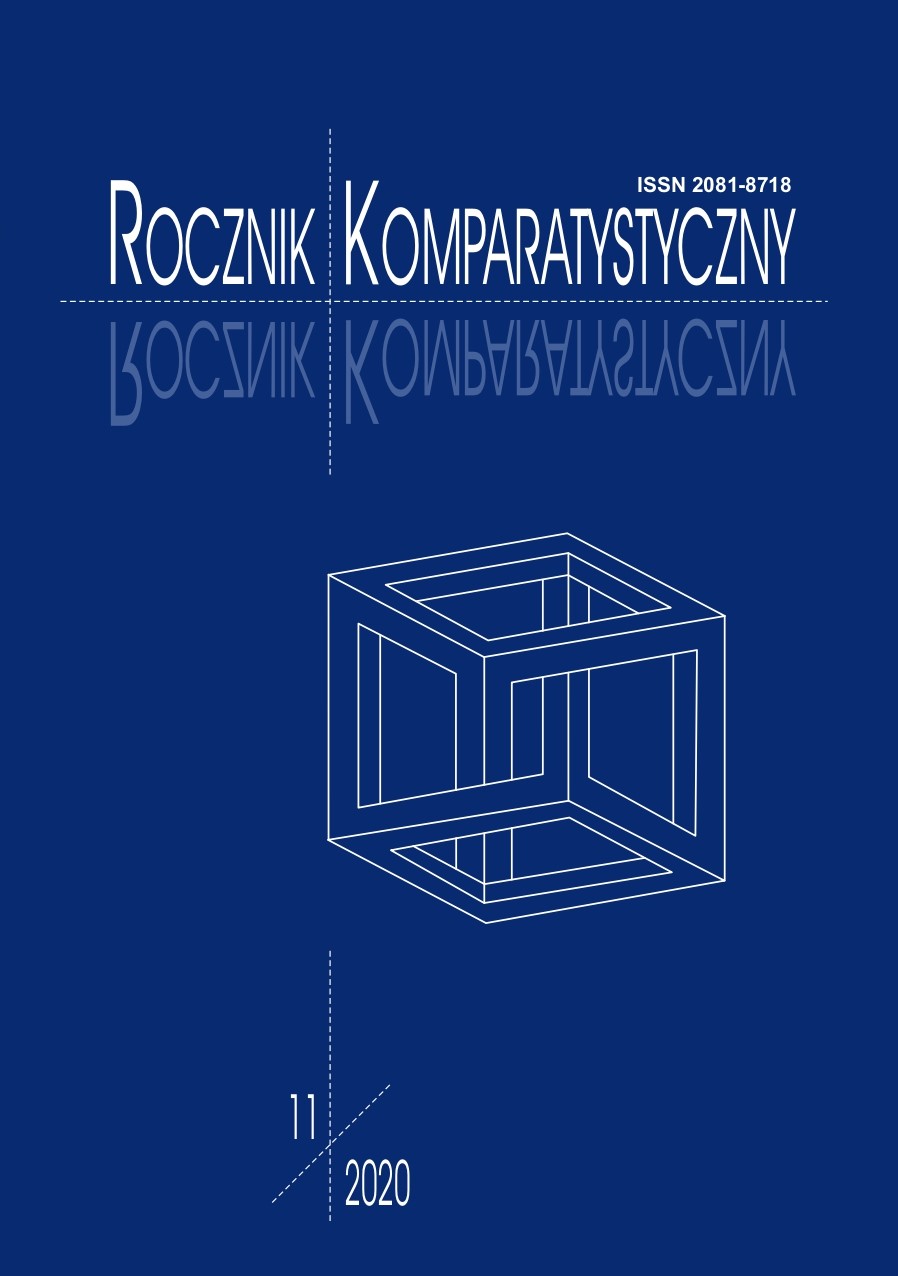
Arystotelesowska szkatułka albo Melodramat w objęciach opery (na przykładzie sceny kopania grobu w Fideliu Ludwiga van Beethovena)
This article analyzes the complex connections and interrelations between opera and the French melodrama of the late 18th and early 19th century, using Ludwig van Beethoven’s 1814 opera Fidelio as a vantage point. Underpinning the author’s inquiry is the question about the ways in which the musical plain deepens and amplifies the melodramatic qualities of the operatic work, and the extent to which one can demonstrate the cohesion of dramatic measures of melodramatic provenance in light of the categories proposed by Aristotle in his Poetics, including anagnorisis, opsis, mythos, probability, and astonishment (to thaumaston). Fidelio’s key scene, the grave-digging duet (Act II, No. 12: Melodrama and duet), may serve as a case in point for Beethoven’s use of such a melodramatic structure. The article comprises four sections. In the first section, the author discusses the connections between Beethoven’s opera and its French melodramatic counterpart, J.N. Bouilly and P. Gaveaux’s comic opera, Léonore ou l’amour conjugal. Fait historique en deux actes et en prose mêlée de chants (1798). The second section discusses Fidelio’s melodramatic structure, while the third analyzes the dramatic layout of the grave-digging scene (Act II, No. 12), emphasizing its key dramatic measures, such as 1) the deceleration of time, 2) the intensification of the characters’ emotions, 3) the accumulation of events culminating in a resolution and a chain of recognitions (anagnorisis), 4) the effect of quasi-reality created in line with the law of probability, and 5) the association of astonishment (to thaumaston) with the rule of suspense. Owing to their melodramatic properties, all of these dramatic measures help appreciate Beethoven’s opera as an immensely sophisticated and refined work of art. The author metaphorically reads Fidelio as what she dubs the “Aristotelian frame story,” on account of its consistent rearrangement of a dramatic form based on the Aristotelian tragedy. The fourth and final section of the article points to the crucial role of the musical plain in creating Fidelio’s setting. In Beethoven’s opera, music serves as a commentator (much like a narrator in an epic story – hence the notion of the “Aristotelian frame story”), regulates the flow of time and (in step with melodramatic intent) nudges one towards the key feelings, premonitions, emotions, and reasoning of Fidelio’s characters.
More...
